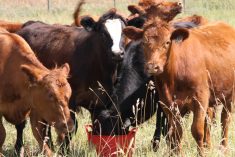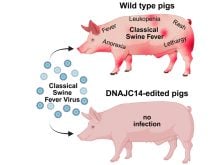CHICAGO, Ill. (Reuters) – The intense heat and humidity that blanketed central Kansas starting in late July has killed more than 2,000 cattle.
However, conditions for the cattle have been improving as the humidity decreases and the wind picks up, state and feedlot sources said.
Kansas is the third largest cattle state with more than two million cattle in feedlots.
“It is all cattle in feedlots. It is more the humidity than the heat,” Ken Powell, an environmental scientist with Kansas’ health and environment department, said about the cattle deaths that have overwhelmed rendering plants.
Read Also

Organic farmers urged to make better use of trade deals
Organic growers should be singing CUSMA’s praises, according to the Canadian Chamber of Commerce.
Powell said some feedlots are burying the carcasses in accordance with state regulations.
“From the standpoint of dealing with the disposal of animals, this is the worst I have seen in the almost 17 years I’ve been here,” he said.
The loss of cattle is a financial hardship for producers, but the slowdown in weight gains in the surviving cattle can often have a greater impact on cattle markets.
“It is more the (beef) tonnage that is taken off,” said Don Roose, an analyst at U.S. Commodities Inc. “They (cattle) underperform.”
Cattle gain an average of four pounds per day under ideal conditions, but the rate of gain declines during harsh weather, such as this summer’s heat wave.
“It has been just grueling,” Roose said.
Temperatures reached 38 C at Garden City in southwestern Kansas July 26, and highs in the region were expected to reach the upper 30s, said Joel Burgio, a meteorologist at Telvent DTN.














